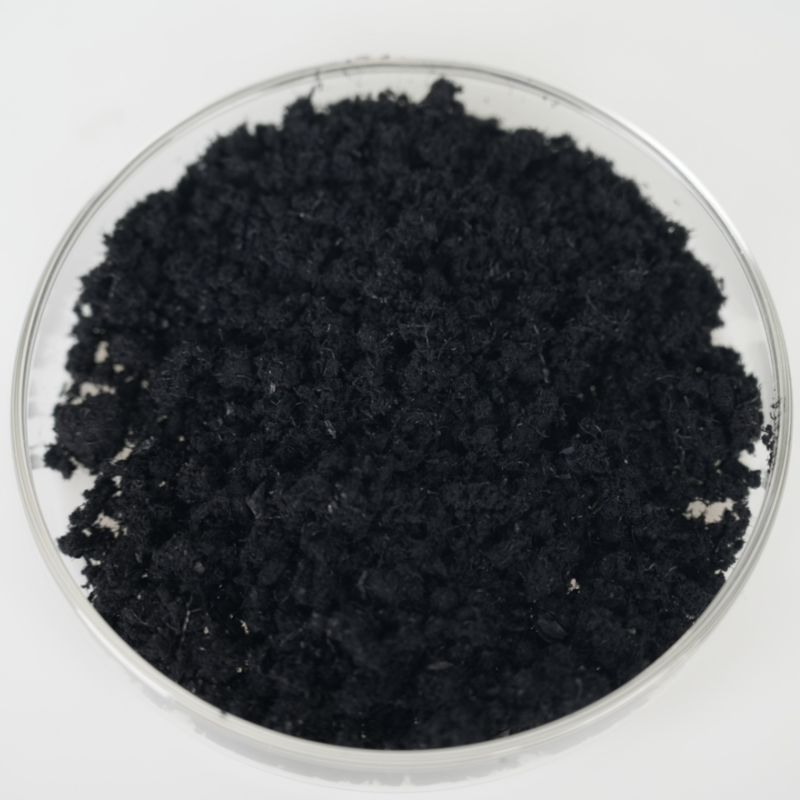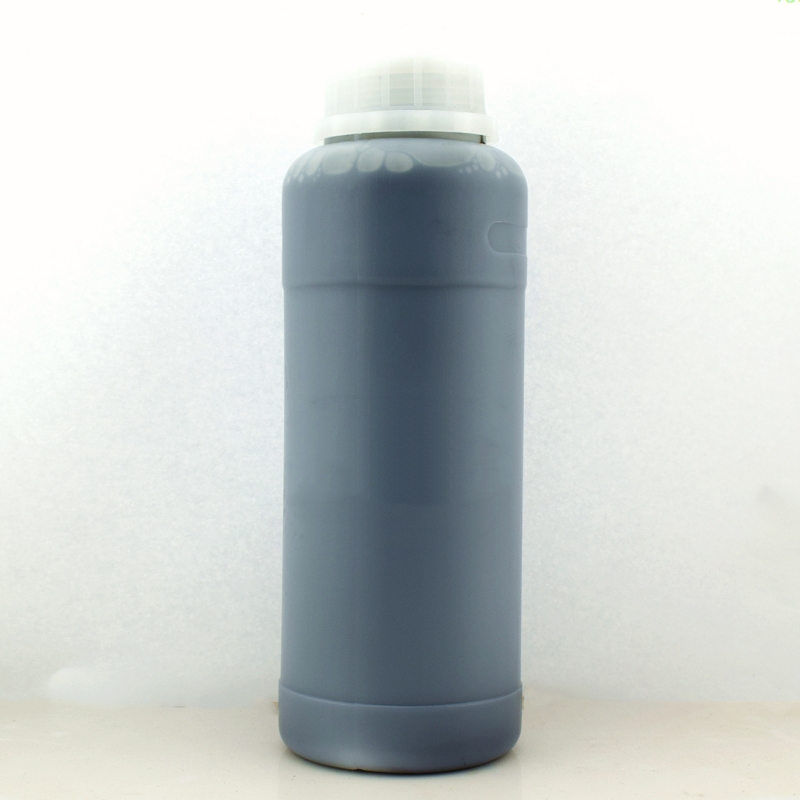Flammable multi-walled carbon nanotubes (MWCNTs) offer unique combustion characteristics, optimized dispersion properties, and superior electrical conductivity. Designed for specialized applications, they enable controlled energy release, extended reactivity, and high-performance adaptability.
Product Overview
Flammable multi-walled carbon nanotubes (MWCNTs) are a unique nanomaterial with special properties. These carbon nanotubes consist of multiple concentric graphite cylindrical layers, offering a distinctive layered structure with exceptional strength and toughness. While the "flammability" characteristic is not an inherent property of multi-walled carbon nanotubes, after specific treatment or when combined with other combustible materials, the nanotubes may exhibit higher combustion rates or lower ignition energy. This makes them promising for certain energy conversion or thermal management applications.
Key Features
- Outstanding Mechanical Properties: With a unique layered structure and strong carbon-carbon bond interactions, these nanotubes offer exceptional strength and toughness, making them ideal for use in composite materials and nano devices.
- High Electrical and Thermal Conductivity: These nanotubes show excellent electronic and thermal conductivity, which can enhance the performance of materials as conductive or thermally conductive additives.
- Large Surface Area: The nano-scale diameter and aspect ratio give these nanotubes a very large surface area, making them advantageous in applications such as adsorption and catalysis.
- Possible Fast Combustion Characteristics: When processed in specific ways, these carbon nanotubes may exhibit higher combustion rates, suitable for energy conversion and thermal management applications.
Applications
- Rubber Products: Used in tires, seals, and gaskets, benefiting from their high conductivity, thermal properties, wear resistance, and tear strength.
- Plastic Products: A small addition can significantly enhance the conductivity, thermal conductivity, and mechanical properties of plastics like PTFE, PP, PA, PC, PE, PS, ABS, etc.
- Electronic Devices: Serve as core materials for conductive transparent electrodes, nano devices, displays, and chemical sensors.
- Energy Storage: Important for energy storage devices such as supercapacitors, super batteries, and solar cells.
- Biomedicine: Their unique structure and properties make them promising for applications in bioimaging, drug delivery, and other biomedical fields.
| Technical Parameter | Description |
| Diameter | 2-50 nm |
| Length | ~50μm |
| Fe Content | <25% |
| Carbon Tube Content | >50 wt% |
| Specific Surface Area (SSA) | >300 m²/g |
| Tap Density | 0.2 g/cm³ |
| Electrical Conductivity (EC) | >100 s/cm |
 new material
new material








